Water Softener Taste Salty? Plumber Explain
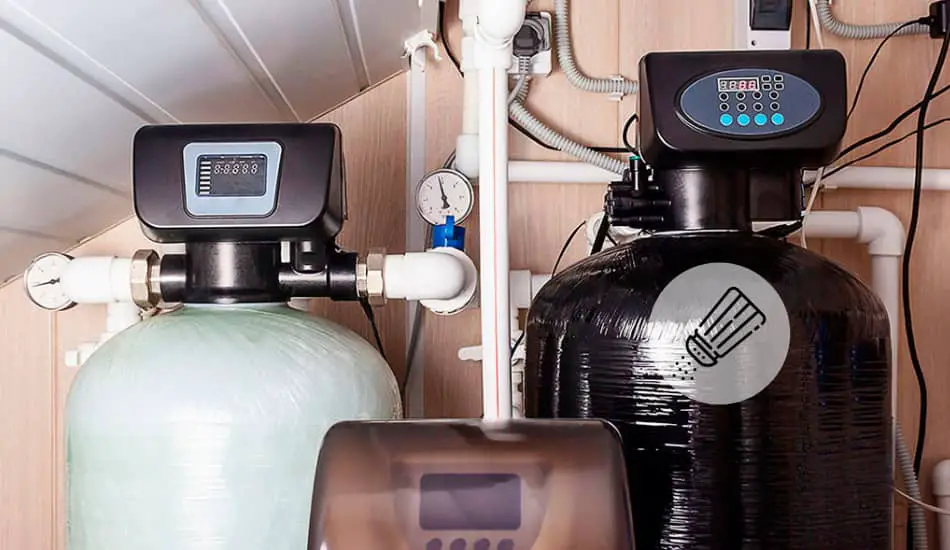
First, let’s start with the fact that not all water is the same. Water can be classified as either soft or hard, which depends on the mineral content. However, when we are talking about water softeners, things can be different. You will find a lot of statements where people claim that water from the water softener tastes salty, but is this true? In this article, we’ll explain the myth of why some say that water softeners taste salty and how to solve this issue. Let’s start!
So Why Does Water Softener Taste Salty? A functional and properly installed water softener will not make water taste salty. However, if you are experiencing a salty taste of water from a water softener, that’s because you have a clogged injector. Also, due to sodium ions, water can taste a bit salty for those with a sensitive taste.
While these are certainly not all reasons why you might feel salty water in your water softener, these are the most common ones. Keep in mind that some of the reasons will surprise you. Below I will share everything I have learned about water softeners and the potential issues why water can have a salty taste.
Why Does Water Softener Make Your Water Taste Salty?
It’s a myth that water softeners make water taste salty. They don’t! The reason why this can happen is that something is wrong with your device. Below, we will go through the most common issues why this happens and how to fix it. First thing before we start diagnosing the problem, we must disconnect our device from the power.
| Most Common Issues Why Water Softeners Taste Salty | Difficulty | Occurrence Issue |
|---|---|---|
| Reason 1: Drain Control Button Is Clogged | Easy to solve | Common problem |
| Reason 2: Regeneration Cycle Interrupted | Easy to solve | Not common problem |
| Reason 3: High Level Of Sodium Content | Hard to solve | Not common problem |
| Reason 4: Drain Line is Clogged or Crimped | Easy to solve | Common problem |
| Reason 5: Clogged Injector | Easy to solve | Not common problem |
| Reason 6: Excessive Water in the Brine Tank | Easy to solve | Not common problem |
| Reason 7: Bad Brine Piston, Spacer Stack, or Downflow Piston | Easy to solve | Common problem |
| Reason 8: Low Water Pressure | Hard to solve | Not common problem |
Reason 1: Drain Control Button Is Clogged
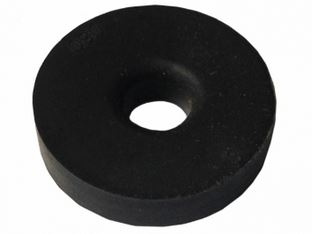
This is one of the problems that most often cause the salty taste of water. To fix it, you need to find a small control button inside the elbow that controls the drain, which is potentially clogged. If you notice that it is clogged, you need to clean it well. Note, if the blockage is more pronounced or if you notice damage besides the blockage, it is recommended that you replace this part with a new one.
Reason 2: Regeneration (Timer) Cycle Interrupted
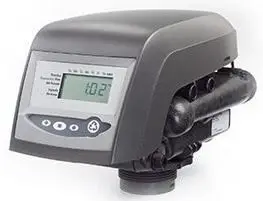
Usually, water softeners have a regeneration cycle between 2 AM or 3 AM, i.e., in the period when usually no one uses water. It may happen that you have a power outage, which may cause a setting disorder. In such cases, it happens that the regeneration cycle is activated at a time when water in the household is actively used.
If you use your toilet in the middle of the night or if you take the bath, saltwater from a water softener can fill your pipes. That’s because the water softener was between regeneration cycles at that time. In that case, the water will stay in the faucet, and the next time it starts to flow, it can have a salty taste. In that case, let the saltwater run out of the tap.
If you had a power outage in your home, be sure to read How To Reset Water Softener After Power Outage?
Reason 3: High Level Of Sodium Content
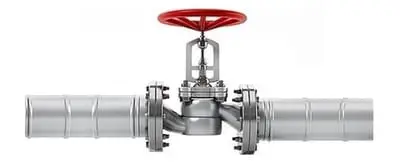
If the raw water that supplies your home contains a very high sodium content, then you might have an issue with saltwater. The sodium concentration will remain high even after the water has been treated with a water softener.
Reason 4: Drain Line is Clogged or Crimped
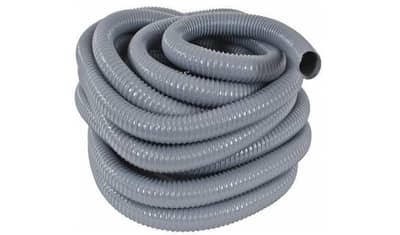
You need to check carefully to see if there may be a clogged drain line. Start by inspecting the drain line from start to finish and look for indentations. Also, inspect the drain line for clogging, potentially preventing draining from performing as it should.
In the end, you need to check the length of the drain line. There is a possibility that the drain line is too long. You need to know that its dimensions should not be more than 20 feet horizontally and 8 feet vertically in relation to the tank drain. If the drain line is too long in relation to the mentioned measures, the problem may be that the drain is struggling to expel all the water.
Reason 5: Clogged Injector
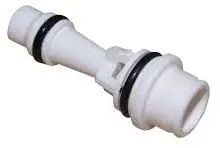
You need to check if there is a blockage in the injector. It has horizontal and vertical holes that can be easily clogged with debris and dirt. Keep in mind that when trying to remove a blockage, be careful not to widen the mentioned holes. In this case, experts advise replacing the old injector with a new one instead of cleaning it.
Reason 6: Excessive Water in the Brine Tank
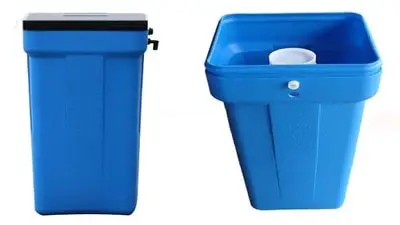
While this isn’t a very common issue, a brine tank can sometimes be full of water. Therefore, this option should also be considered. Be sure to inspect the brine tank to check if it is overfilled. If you notice that there is too much water in the brine tank, the cause of this may be extra sodium absorption, which has extra sodium as a by-product.
When a large amount of sodium remains after the water softener completes regeneration, the water may have a salty taste. You need to remove excess water from the brine tank. You can do this with the help of a turkey baster or a shop vac. Once you have extracted the excess water, dispose of it, ideally in a laundry room drain.
Reason 7: Bad Brine Piston, Spacer Stack or Downflow Piston
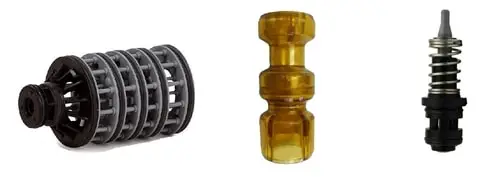
It can happen that you have a bad brine piston, bad spacer assembly or broken downflow piston. If any of these mentioned parts break down it can cause water from the brine tank to come into the mineral tank. To check if this is causing the problem, set your system to the in-service position instead of the regeneration.
The next step is to remove the elbow and drain the elbow from the valve and inspect the area for water. The examination should last between 20 and 30 seconds within which you must study the water on the go if such is present.
If you notice water in motion during the examination, you can tell that the problem is caused by a bad piston or spacer stack. We recommend replacing this part with a new one. If you do not notice that the water is moving during the examination, you can conclude that your problem has another cause.
Reason 8: Low Water Pressure
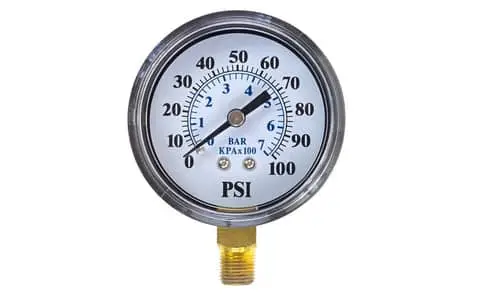
If you have a water pressure that is lower than 30 PSI, you might have a problem. The water might not be fast-flowing enough to flow through the water softener. The higher the pressure, the better. Water softeners work best when water pressure is between 50 to 70 PSI. If you don’t know what water pressure you have, use a pressure gauge to measure it. Keep in mind that you can buy a booster pump, and that way, you can send water faster through the pipes.
How Does Water Softener Work?
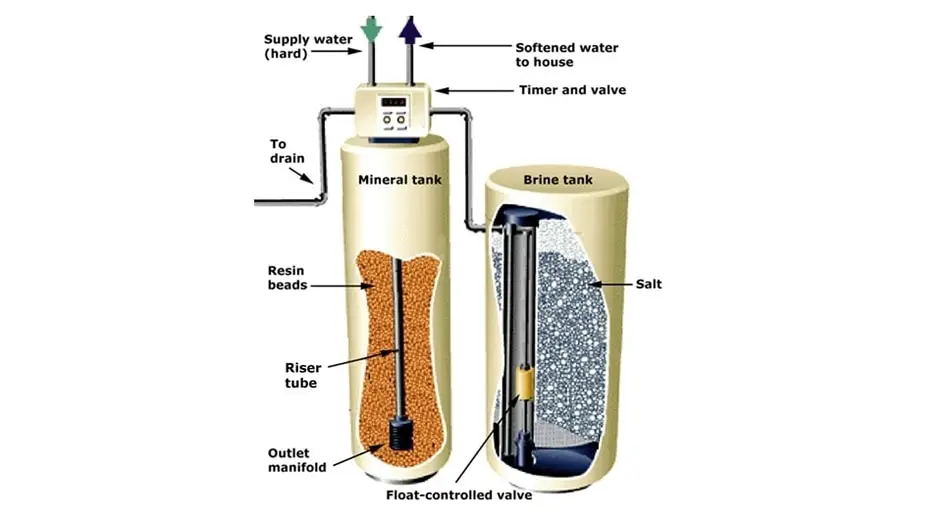
Water that comes into our household before it passes through a water softener is considered “hard water”. That’s because it contains high levels of minerals that accumulate in it as it passes through the deposits of chalk and limestone.
Magnesium and calcium are the two main culprits that make the water “hard”. Their negative impact on everyday life is manifested by the accumulation of limescale on parts of appliances that come in contact with water, such as dishwashers, pipes, and water heaters. They are also responsible for what we call the “metal taste” of water.
A water softener removes magnesium and calcium from the water and replaces them with sodium, which causes soft water to taste different than hard water. People that use water softener report that the soft water after the treatment has a taste of chlorine.
If you want to learn more, be sure to read Water Heater BTU: Everything You Need To Know.
Is It Safe To Drink Water That Has Been Through a Water Softener?
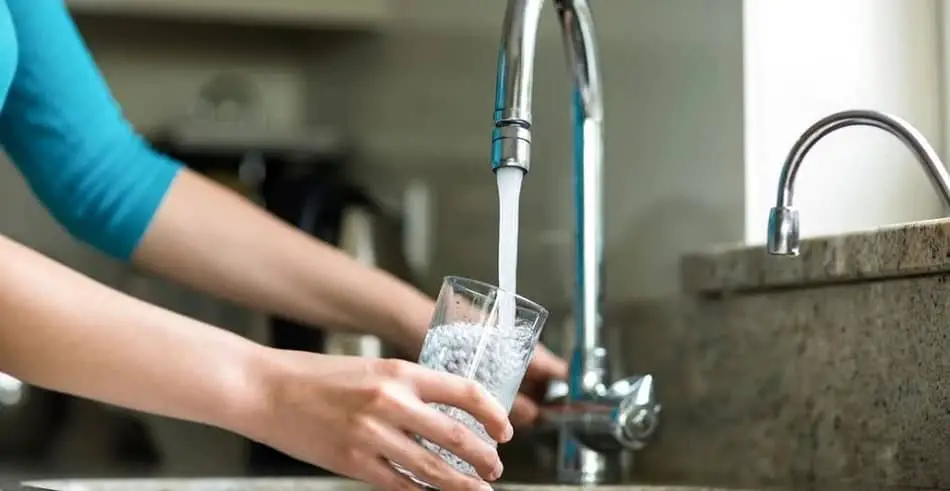
Yes, water that has passed through a water softener is safe for drinking. Users do not have to fear that something will happen to them if they drink that passes through a water softener. However, not everyone should consume it.
Since soft water contains larger amounts of sodium, experts advise not to use it for small children. It is pointed out that it contains the amount of sodium that can be harmful to the body of newborns that are under six weeks.
Also, softened water is not recommended for people who have been put on a low sodium diet. When you need to avoid extra amounts of sodium and you want to install a water softener, our recommendation is to opt for a water filter with osmosis that will effectively remove much of the sodium from the water.
According to the Dietary Guidelines for Americans, an acceptable daily sodium intake is less than 2,300 mg/day. However, most Americans consume approximately 3,400 mg/day. But don’t think it’s because of water consumption. Most of the excess sodium that people take into their bodies comes from processed foods (fast food, cold cuts, frozen dinners, canned soups) and table salt.
We bring you an overview of sodium levels in some foods:
- In 8-ounce cup of low–fat milk there are approximately 120 milligrams of sodium
- One egg has a close to 59 milligrams of sodium
- In 8-ounce cup of orange juice there are approximately about 25 milligrams of sodium
- One can of soda drink contains between 40 and 45 milligrams of sodium
- Just one teaspoon of standard table salt has 2,300 milligrams of sodium
How much sodium will be in the water depends on how much “hardness” the water softener removes. You need to know that the harder your water is, the water softener must use more sodium ions to soften it. If, for example, the hardness of the water in one gallon is 11 grains (GPG), one glass of 8 ounces will have an extra sodium amount of 20.6 milligrams.
Note! It is important to know the “hard water number” so that you can calculate exactly how much sodium needs to be added to the water.
Instead of sodium chloride pellets, you can also use potassium chloride to soften the water. Also, another good solution that you can use is a reverse osmosis system, which you can install with water softeners. It effectively removes more than 95% of unwanted particles from water, including sodium.
How Much Sodium Water Softener Needs?
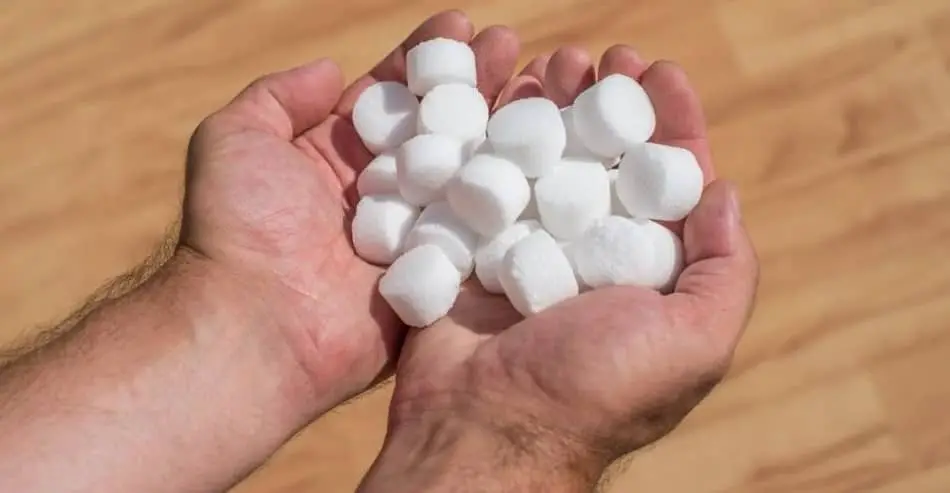
How much sodium water softener is needed depends on the initial hardness of the water in the household. The harder the water, the more sodium is needed to make it soft. When a water softener softens hard water at 15 GPG (grains per gallon), it will have between 30 and 40 milligrams of sodium every 8 ounces.
To know exactly how much sodium is in your water before it enters your household and goes through a water softener, you need to test it. Once you find out this information, it is easy to calculate what is the amount of sodium that needs to be added.
Here is the simple calculation method:
8 oz glass of water = GPG (grains per gallon) hardness x 2. When the hard water test says you have 16 GPG hardness after the water passes through the water softener, it contains 32 mg of sodium in each 8-oz glass of water in the end.
Final Thoughts
As you can see from this article, water softeners add only a small amount of sodium to your regular diet, and they don’t make water taste salty. On the other hand, installing and using a water softener have several advantages.
One of them is preventing the limescale accumulation on the parts of the devices that come into contact with water, thus saving energy, soap, and shampoo. Installing a water softener that will fight hard water for you and the problems it causes is certainly a worthwhile investment.
